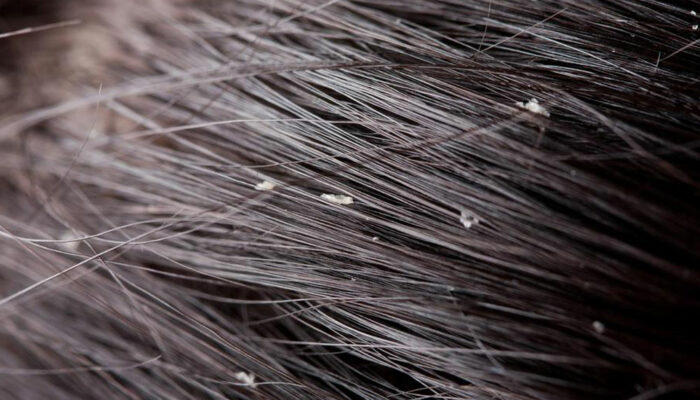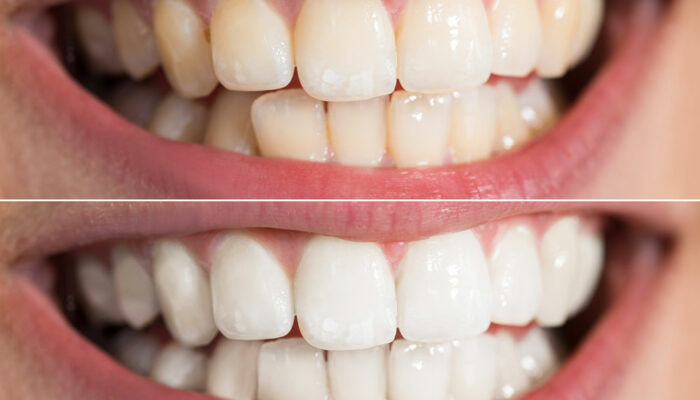
Symptoms and Treatment of Hemophilia
Hemophilia is a rare disorder wherein the blood doesn’t clot properly due to the lack of sufficient blood-clotting proteins. Blood clotting proteins are vital to stop the bleeding at the site of injury. Those suffering from hemophilia will bleed for a longer time following an injury, however minor, and are prone to internal bleeding that can be fatal.
While small cuts don’t pose much risk, it’s the excessive internal bleeding in areas like the knees, elbows, brain, and at other sites that are life-threatening. Internal bleeding can damage the organs and tissues too.
Hemophilia A and hemophilia B are the two types of this rare disease. Both can be mild to severe that depend on the amount of clotting factor in the blood. Hemophilia A accounts for nearly 80% of the cases that are a lack of clotting factor VIII. Clotting factor IX is very low in case of individuals with Hemophilia B.
A thorough look at the symptoms and treatment of hemophilia will help determine the intensity of the disease to take corrective action.
Symptoms of hemophilia
The extent and the number of symptoms of hemophilia depend on the amount of protein deficiency and the severity of the condition. From bleeding in case of trauma due to mild deficiency, people can bleed for no reason in case of a severe deficiency. The symptoms are:
- Wounds or cuts leading to excessive external bleeding
- Blood in urine or stools
- Spontaneous nose bleeding
- Signs of excessive internal bleeding
- Large and deep bruises
- Bleeding within joints leading to swelling and pain in moving
- Excessive bleeding gums
- Severe headache that don’t go away
- Vomiting repeatedly
- Blurred or double vision
- Lethargy or behavioral problems
- Paralysis
- Seizures
- Continuous bleeding from an injury
Treatment options for hemophilia
Symptoms and treatment of hemophilia go hand in hand, as the latter depends on how early the former is diagnosed, alongside age, other health factors, and the duration of the condition. The common treatment options available to treat hemophilia are:
- Replacement therapy
The procedure is administered to infuse the required blood clotting proteins through a tube via a vein. The treatment is also given to combat bleeding that is in progress. The clotting protein treatments in replacement therapy can be obtained from human blood. This procedure can also be administered at home. Some individuals receive continuous replacement therapy for a significant period. - Recombinant clotting factors
These are synthetically produced factors manufactured in the laboratory, and are more popular than replacement therapy. This method significantly reduces the risk of transmitting infections found in human blood. - Desmopressin
Among the symptoms and treatment of Hemophilia, desmopressin is a stimulating hormone that helps the body release more clotting agents. It can be injected into a vein or used as a nasal spray. - Fibrin sealants
It’s a special type of medication that is applied directly to the site of injury to promote clotting and healing. - Physical therapy
The therapy can ease the symptoms of internal bleeding and ease damaged joints. In case of severe damage, surgery is required. - Clot-preserving medications
These are special medications that prevent the clot from breaking down.
Other popular treatments for hemophilia include vaccinations and immunizations, and also first aid in case of minor cuts.



